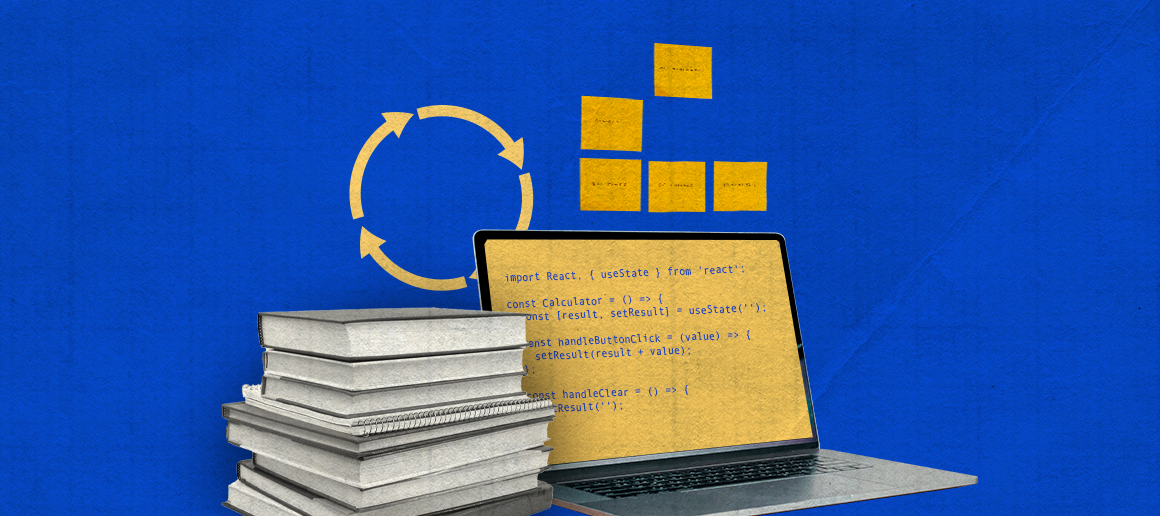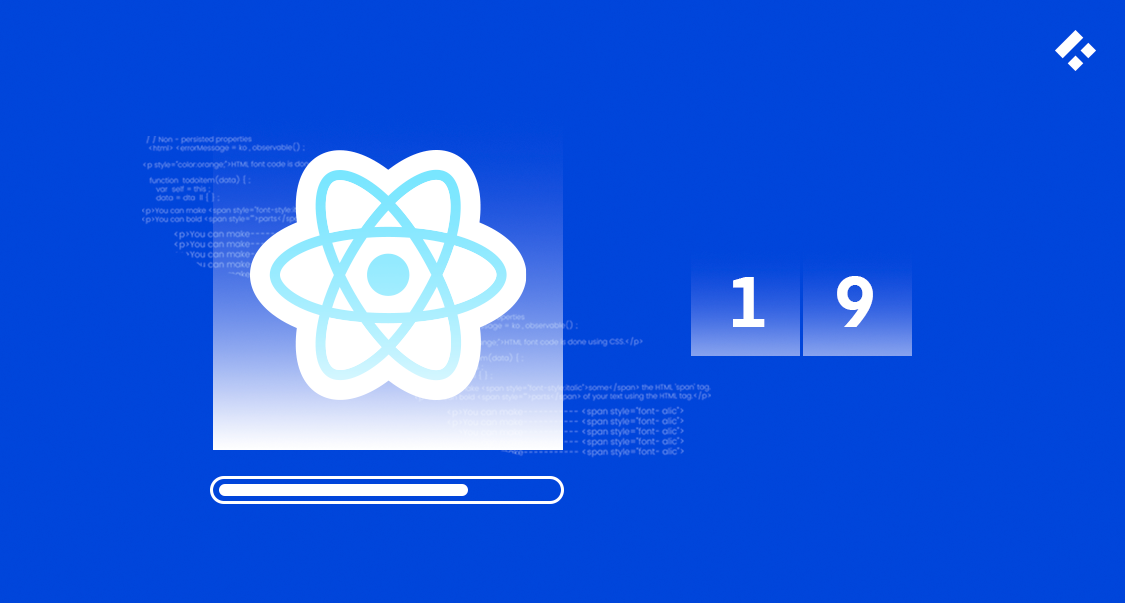Your back-end developer job description will be the start of a new day. Okay, not really. But it will play a pretty integral part in securing a skilled, reliable developer who can build the unseen backbone of your digital product.
Many teams underestimate how critical the back end truly is.
Back-end developers handle everything you don’t see. From the web servers keeping this website running smoothly to whatever’s going on behind the scenes on the screen you’re looking at right now, that’s back-end development.
When those systems fail, your entire application suffers. That’s why hiring the right developer matters more than most companies realize.
Want to learn how to hire back-end developers? Well, you’ve come to the right place. We’ve connected countless developers with companies through staff augmentation and outsourcing, so all their back-end development is taken care of by experts.
Are you ready to start your development project?
We have the developers you need to take your development project in the right direction.
Companies are proven to grow their business faster with Trio.
What Does a Back-End Developer Do?
A back-end developer keeps everything running behind the curtain of a website or app.
You won’t see their work directly, but you’ll definitely notice when something goes wrong, like when a checkout page freezes or a login suddenly stops working.
Their job is to make sure data moves where it needs to go. They write the code that connects your front end, the part users click and scroll through, with your databases, servers, and third-party services.
In practice, that can mean setting up an API to handle payments, optimizing how your data is stored, or improving how quickly your app loads when traffic spikes.
A good back-end developer doesn’t just build features; they think about performance, security, and long-term stability.
They may suggest ways to scale an application or prevent bottlenecks before they happen. Some also contribute to architecture decisions, which shape how a product grows over time.
It’s not the most visible work, but it’s the foundation of any reliable digital product. When the back end runs smoothly, everything else, from the design to the user experience, simply feels right.
Back-End Developer Job Description: Template
You’ve probably come across many job listings in your day. And likely the best ones have led you to the highest places.
If you want someone to work on your project and do it with enthusiasm, then you have to put at least the same effort into your back-end developer job description.
A thoughtful, well-written description helps potential candidates picture themselves in the role. It also signals that your company takes engineering seriously, and that you understand what makes great developers tick.
Company Background
This will serve as the very first part of your job listing. It’s important to familiarize job candidates with the work you’re doing and exactly why you’re doing it. Utilize this space to give a brief overview of your company and mission statement.
A company description for Trio might look like the following:
Trio helps you achieve your goals by providing you with hand-selected, qualified software engineers to complete your project on time and on budget. We believe small and medium-sized companies should have the same access to great software as big-name firms.
At Trio, our greatest assets are our engineers! We value their knowledge and skill set. As we collaborate, we grow from one another! Join us to discover opportunities for career growth and a competitive software engineer salary.
Job Description
Here you’ll have the opportunity to explain the position you’re hiring for. Feel free to keep things short and sweet. You’ll have a chance to get more specific later. But right now, job candidates just want to know what they’re applying for in the first place.
You might also note how your company structures development work, whether your team follows agile practices, uses code reviews, or emphasizes mentorship. Small details like that can help attract candidates who fit your culture.
An example of a back-end developer job description is below:
We are seeking a back-end web developer to manage data between web servers and end users in our latest projects. Along with a team of other dedicated developers, you’ll mostly be responsible for maintaining server-side business logic.
By collaborating with front-end developers who work on client-side behavior, you will play a direct role in delivering fast and efficient services to our client base.
Roles & Responsibilities
Detail the day-to-day tasks that your back-end developer can expect to perform. A mid-sized bullet point list usually does the job. To be clear, this is where you want to go into detail. Be pointed about industry language and technical terms where possible.
These are some of the roles and responsibilities of a back-end developer:
- Build and implement data storage solutions
- Find scalable and efficient development solutions
- Supervise server resources and cross-platform optimization across Internet browsers and operating systems
- Use databases, web servers, wireframe development, and UI/UX design in development procedures
Depending on your team, you can also include collaborative aspects.
These could be activities such as reviewing pull requests, contributing to architecture discussions, or mentoring junior developers. These details often appeal to senior candidates who want to play a broader role.
Skills & Qualifications
In this section, you can start narrowing down your applicant base by outlining the minimum requirements you’d like your potential hires to have. Of course, these requirements should be fairly reasonable and tailored to the project(s) you have in mind.
Your requirements may look something like this:
- At least 5 years of back-end development experience
- Experience with back-end services like containers, Kubernetes, and cloud technologies like Amazon Web Services (AWS)
- Fluidity coding in multiple back-end languages such as Python, Node.js, and PHP
- Sufficient background using PostgreSQL
If possible, add a short “Preferred Qualifications” subsection for candidates who exceed the basics. For instance, familiarity with CI/CD pipelines, TypeScript, or Docker orchestration can help distinguish top-tier applicants.
What Are the Most Common Roles and Responsibilities of a Back-End Developer?
Back-end developers should have the wherewithal to work on the server-side of all development projects. These primarily involve web development, where a back-end developer will provide the infrastructure necessary for user-facing content to perform well.
To do this, back-end developers must have a somewhat abstract understanding of code. Codebases on the back-end will often go far deeper than a simple ‘print’ function.
This is not to say that front-end development is not complex. But their skills revolve more around building navigable features and graphic content.
Back-end developers, on the other hand, deal with databases and/or storage solutions that inevitably bridge to the functionality of the front-end. For example, a user’s input on the client-side will be stored and manipulated on the server-side.
They may also handle integrations with third-party services, maintain APIs that allow systems to communicate, and optimize server performance as traffic scales.
Depending on the company’s setup, a back-end developer might be responsible for monitoring uptime, managing deployments, or contributing to architecture decisions.
In smaller teams, these responsibilities can stretch even further. The most common examples we’ve seen include DevOps or cloud management.
In larger organizations, the role is likely to be more focused on one layer of the stack. Either way, the common thread is reliability. Back-end developers keep the system stable, even when everything else is changing.
Related reading: Knowing the difference between front-end vs. back-end development
What Are the Skills Required For Back-End Developers
Much of a back-end developer’s work includes steering the part of a website or application that users never think twice about. Several tools are required to do this. And professional back-end developers should be familiar with these tools and how to operate them.
First and foremost, back-end developers code in programming languages that are well-suited for server-side operations. Java, Ruby, PHP, and Python are some of the more common languages used for back-end development.
These languages are optimized for back-end development because of their affinity for memory management, as well as frameworks like Ruby on Rails for Ruby and Django for Python that make web development easier.
In addition to traditional programming languages, back-end developers should have experience using a query language, namely SQL. Query languages are used in databases and information systems to parse through and return data.
MySQL, Oracle, and PostgreSQL are among the most popular tools for database management, where using SQL is requisite.
Besides competency in languages of this sort, back-end developers should be acquainted with other technologies that contribute to back-end interactions. This, for instance, may include cloud computing mechanisms, API integrations, operating systems, security management, and more.
Depending on the scope of their role, developers might also work with containerization and orchestration tools such as Docker or Kubernetes.
Knowledge of cloud providers like AWS, Azure, or Google Cloud has become increasingly common, even in mid-level positions.
Soft skills matter here, too.
Communication, attention to detail, and the ability to troubleshoot under pressure often separate a good engineer from a great one. A developer who can explain a complex database issue in plain language tends to make a stronger teammate.

How Much Does a Back-End Developer Cost
Based on several hundred anonymous salary reports, Glassdoor estimates that the average back-end developer in the United States makes $116,000 per year or roughly $55 per hour in 2025.
Top earners report making up to $159,000 per year (90th percentile), while the lower quartile sits near $87,000 annually.

15 Most Frequently Asked Interview Questions for Back-End Developers
Alongside a back-end developer job description, you’ll need to be prepared to conduct interviews after a decent number of job candidates apply to your listing.
Consider asking a few of these questions to get your interview rolling and gain a better understanding of your potential hire’s technical skills.
- Differentiate between a heap and a stack.
- What is a stack overflow?
- When should you use refactoring?
- What are the similarities between classes and closures?
- List the different kinds of NoSQL databases.
- Define cohesion and loose coupling.
- What do these nine error response codes mean: 200, 201, 204, 301, 400, 401, 404, 409, 500?
- How does a reverse proxy work?
- Under what conditions would you use a microservices architecture pattern?
- What does REST stand for, and what does it mean?
- What are the risks of SQL injection?
- Why should you avoid God objects?
- Briefly explain the seven layers of the OSI model.
- How would you use mysqldump to restore MySQL?
- Outline the difference between threads and processes.

Subscribe to learn more about Hiring
Conclusion
Equipped with a back-end developer job description and a few on-the-go interview questions, you should now be at least a bit more prepared for hiring back-end developers.
Needless to say, the actual process of hiring software engineers is a lot more complicated, time-consuming, and often budget-breaking.
When it all gets to be too much, Trio is here.
We have back-end developers on board who have been interviewed and trained to tackle your software problems with ease and professionalism. Reach out to Trio today to hire qualified back-end developers. Stop searching and start developing!
FAQs
What does a back-end developer actually do?
A back-end developer builds and maintains the systems, databases, and APIs that power your app or website behind the scenes.
What skills should I look for in a back-end developer?
Look for strong knowledge of Python, Node.js, or Java, experience with SQL or NoSQL databases, and a solid grasp of cloud platforms like AWS or Azure.
How much does it cost to hire a back-end developer?
In the U.S., the average salary is around $115,000 per year according to Glassdoor, though rates vary by region and experience.
What’s the difference between front-end and back-end developers?
Front-end developers focus on the user interface; back-end developers handle the data, logic, and systems that make it all function.






